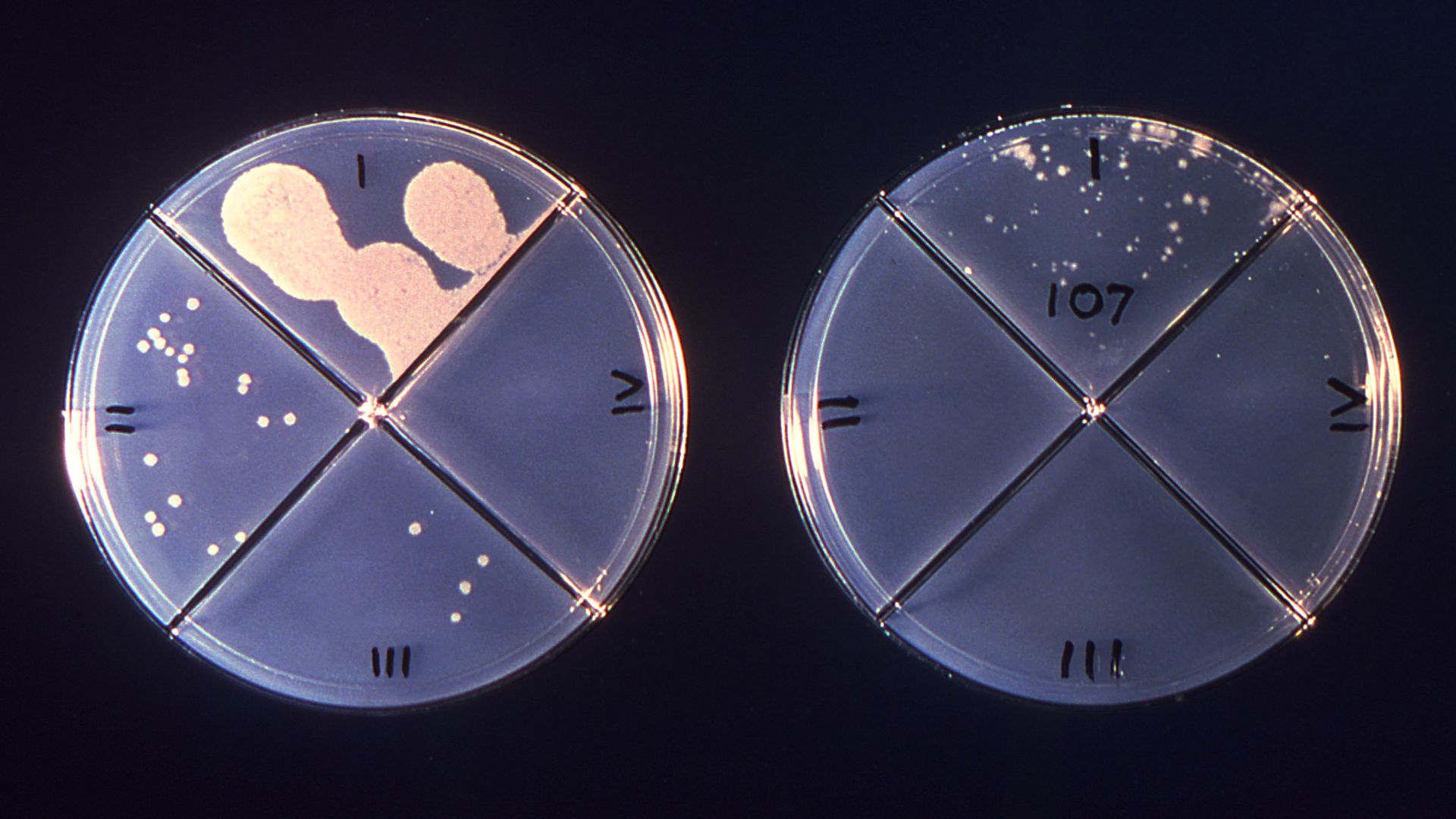When you purchase through links on our site , we may earn an affiliate military commission . Here ’s how it works .
A serious bacterial infection calledchlamydiais one of the leading cause of death for Australia’skoalas . But raw research has identified an antibiotic that can manage the infection with few side effects , offering a light beam of hope for these lovely , endangered marsupials .
Chlamydia , a sexually transmitted disease ( venereal disease ) , impact humankind as well as native bear ; the bacteriumChlamydia trachomatistargets mankind , while koala bear are sicken byChlamydia pecorum . Left untreated , chlamydia can cause sterility and permanent sightlessness in both species . Antibioticsthat kickshaw chlamydia in humans also work for koalas , but their succeeder rate varies . And some type of antibiotics get side effects that can be harmful to the iconic animals , such as disrupt the intestine microbes that enable digestion of eucalypt leaves , a dietetic staple for koalas .

Of the 300 to 500 koalas that are brought to a rehabilitation center in eastern Australia each year, about 40% suffer from chlamydia.
late , researchers conducted the first comparative analytic thinking of the two antibiotic that are most commonly give to koalas with chlamydia : chloramphenicol and doxycycline . They found that not only was doxycycline a more dependable treatment for defeating contagion , it also produced fewer side effects in the koalas , according to a statement .
Related : Marsupial gallery : A pouchful of cute
Koalas in the wild are exposed to chlamydia through intimate contact lens , and neonate can contract the infection from their mothers . It ’s unclear exactly why koalas are so vulnerable to this disease , but their susceptibility may be linked to a virus in the same phratry as the human immunodeficiency computer virus ( HIV),Live Science previously report .

Leading the new investigating was Elliot Grossman , a alum student in the Cummings Veterinary School at Tufts University in Massachusetts . He collaborated with veterinarian Rosie Booth , director of Australia Zoo Wildlife Hospital in Beerwah , Australia ; every yr , the installation treats about 300 to 500 koalas , about 40 % of which are infected with chlamydia , according to the statement .
" The wildlife infirmary veterinarians had a middling strong suspicion that chloramphenicol was causing more side effects and had potentially bad survival rate than doxycycline , " Grossman said in the argument . " But there was no published inquiry comparing the two treatment . "
– In images : Koalas squeeze tree

– Australia ’s struggling pouched mammal : Photos of the Tasmanian Devil
– In photograph : Travel Australia ’s Great Ocean Road
Together with Adam South , a Cummings School research help professor , Grossman reviewed and canvass 311 cases of koalas with chlamydia , note how the animal responded to the drugs they were given . When koalas experience Chloromycetin , they were more likely to experience " treatment bankruptcy " — when a first grade of antibiotics fails to quell the contagion .

These animals were also more prone to developdiarrhea , yeast infections , low , desiccation and bone - marrow dysfunction , Grossman allege in the statement . By comparison , koalas given doxycycline were more likely than the chloramphenicol group to have no harmful side impression .
The scientists are presently finalize a manuscript describe their finding , a Tufts representative told Live Science in an email . However , the researchers ' data is already making a conflict for pallid native bear .
" century of koalas throughout Australia have benefited from the inquiry that has indicated that Vibramycin is presently a better antibiotic to deal koalas with chlamydiosis than the previously widely used chloramphenicol , " Booth said in the affirmation .

Chlamydia - smite koalaspreviously get a medium encouragement in 2018 from television comic John Oliver , after the Australia Zoo Wildlife Hospital announced the allegiance of the John Oliver Koala Chlamydia Ward . Oliver ( and the koalas ) might be proud of to know that thanks to this new find , more patients in the John Oliver ward can now look forth to a full convalescence .
in the first place write on Live Science .














